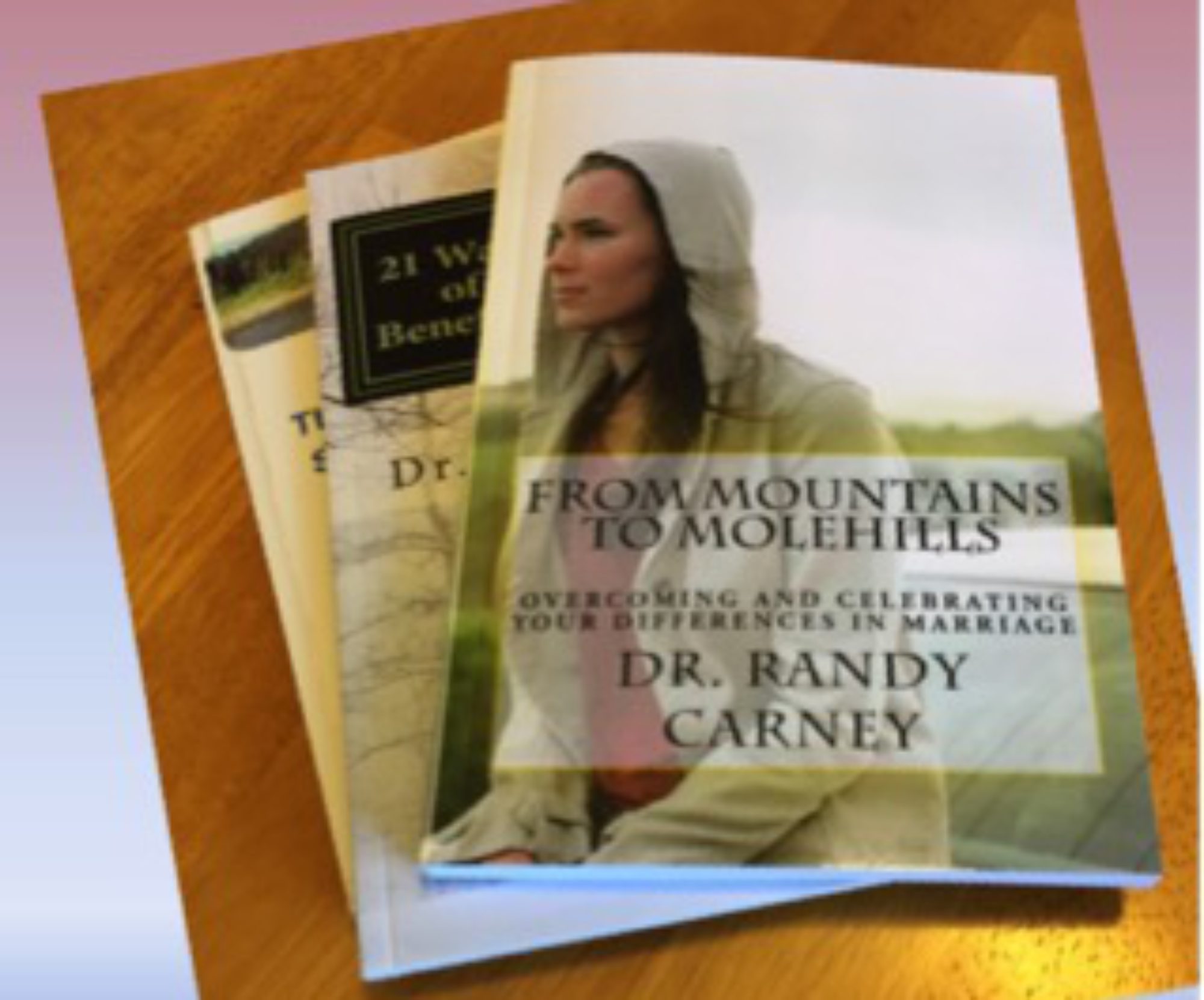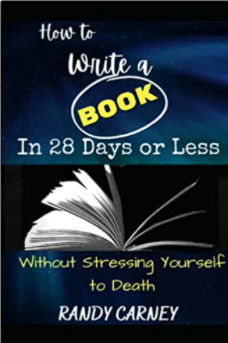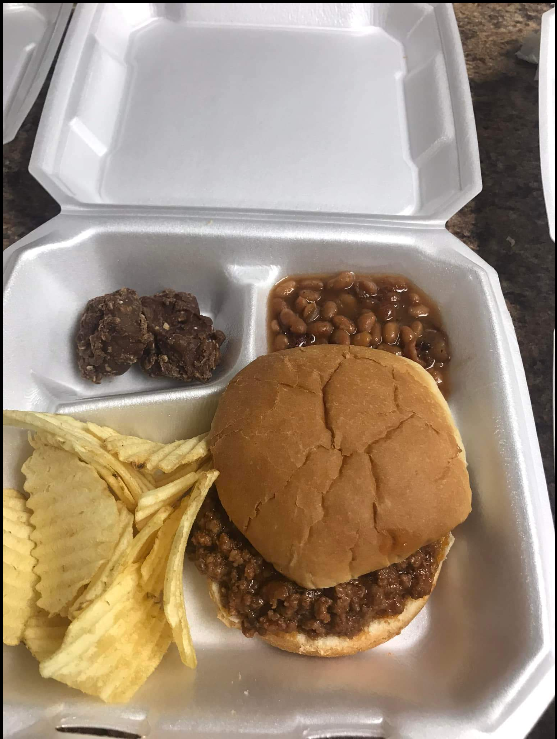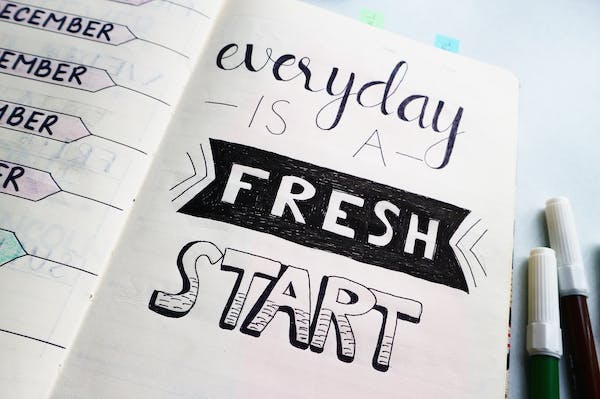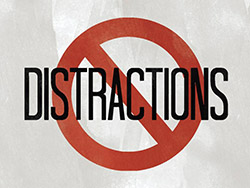So, you’re writing a book. You’ve got the ideas. The passion. Maybe even a killer opening line. But then—bam! The formatting monster shows up. Margins? Indents? Font choices? Suddenly you’re knee-deep in settings you didn’t even know existed. Let’s work on nailing your book writing format like a pro, and let’s do it in a way that would keep you from losing your mine.
Relax. You’re not alone, and you’re definitely not doomed.
Whether you’re writing the next great novel, a business book, or a memoir about that wild summer in ’88 (you know the one), your book writing format matters. Why? Because formatting is like clothing for your words—it can either make your manuscript look like it’s headed to a job interview or like it just rolled out of bed with bedhead and coffee stains.
So let’s dress that manuscript for success.
Below are the five essential pillars of great book writing format—especially if you’re planning to self-publish. These aren’t fluff tips either. This is the real-deal, get-it-right-the-first-time stuff. Let’s go!

✅ 1. Book Writing Format: Choose Reader-Friendly Fonts and Sizes
Your story might be fire, but if it’s dressed in Comic Sans or written in 8-point Papyrus, readers will run—not walk—to the next book on the shelf. Fonts matter, and not just to designers. They set the tone, affect readability, and play a surprising role in your credibility as an author.
For print books, go classic with serif fonts like:
- Times New Roman (the old faithful)
- Georgia (slightly softer on the eyes)
- Garamond (for that subtle, elegant touch)
Stick to 11- or 12-point font size. Anything smaller screams “please squint,” and anything larger makes your book look like it’s shouting at people.
For digital formats, you’ll want fonts that translate well to screens, like:
- Arial
- Calibri
- Verdana
Digital readers can adjust font size, but don’t make them wrestle with a weird default. Think smooth, clean, and readable.
Pro tip: If you’re using a tool like Vellum or Atticus, you’ll have presets that take the guesswork out. But if you’re formatting manually—this part matters.
✅ 2. Book Writing Format: Use Clear, Consistent Paragraph Formatting
Here’s where things can get real messy, real fast.
First off: DO NOT hit the space bar five times to indent your paragraphs. This is 2025, not 1997. Let the software do the heavy lifting.
Set your paragraph style to first-line indent of 0.5 inches. You can do this in Word, Google Docs, Scrivener, or pretty much any writing program with a settings button.
Next up: line spacing. Aim for 1.5 or double-spacing. Not only is this easier on the eyes, but it also makes your manuscript easier to edit and proofread later. Bonus: It won’t look like your words are gasping for air.
And for the love of clarity: avoid extra line breaks between paragraphs unless you’re shifting scenes or thoughts. Think tidy, not cramped. Spacious, not sloppy.
✅ 3. Book Writing Format: Adapt Layout for Medium (Print vs. Digital)
A one-size-fits-all format? Not a thing. What works beautifully in a paperback might be a formatting disaster on Kindle.
For print books:
- Fully justify your text so both left and right margins look crisp and clean.
- Set mirrored margins to allow space for binding (aka the gutter).
- Add page numbers, but skip numbering your title page or copyright page.
- Use page breaks between chapters—not just a handful of carriage returns. That’s amateur hour.
For ebooks:
- Left-align your text. Justified alignment can cause awkward spacing on small screens.
- Use reflowable text, meaning your book adjusts itself to fit any screen size. (No locked-in pages, please.)
- Skip fancy headers and footers—they won’t show up well and can frustrate readers.
- Include hyperlinked navigation so readers can tap and jump to chapters. Trust me, your future fans will thank you.
Remember: Amazon KDP and other self-publishing platforms have their quirks. Always preview your file using their tools before hitting “publish.” It’s like spellcheck for formatting.

✅ 4. Book Writing Format: Keep Chapters Organized and Navigable
Imagine trying to read a book with no chapter breaks, no table of contents, and no idea where you left off. That’s not a book—it’s a hostage situation.
Break your book into clearly defined chapters, and start each one on a new page. This isn’t just about looks—it’s about logic and flow.
And don’t skip the table of contents, especially for ebooks. It’s not just a courtesy, it’s a sanity saver. Bonus points if your TOC is clickable—nothing says “I’m a pro” like smart navigation.
While you’re at it, consider using consistent chapter headings like:
- Chapter 1: The Adventure Begins
- Chapter 2: That One Time Everything Exploded
Even if you don’t use titles, numbering matters. Keep it clean, keep it consistent.
✅ 5. Book Writing Format: Prioritize Consistency and Professional Presentation
Formatting isn’t just about looking good—it’s about building trust with your reader. If your font jumps around, your headings change styles mid-book, or your margins mysteriously shift, it sends a not-so-subtle message: “This book might be a mess.”
Start by picking your style choices early:
- Font and size
- Heading hierarchy (e.g., Chapter Title = Heading 1, Subsection = Heading 2)
- Margins, line spacing, and indents
Then—stick with them like your book depends on it (because it does).
Not sure if you’re nailing it? Use tools like:
- Vellum (Mac only, super intuitive)
- Atticus (cross-platform, built for authors)
- Reedsy Book Editor (free and web-based)
Or—if formatting gives you hives—hire a pro. Seriously. A good formatter can take your raw manuscript and turn it into a sleek, bookstore-ready product. It’s not cheating. It’s smart.
Would you like to know more about writing a book? Here is a good place to start. Also, if you would like a whole book on the subject, get a great one here.
Final Thoughts: Formatting is the Secret Sauce
You don’t need to be a design expert to format your book like a boss—but you do need to care enough to get it right. Great formatting doesn’t draw attention to itself. It lets your words shine.
So go ahead, write that masterpiece. But when it’s time to format? Give it the same love and attention you gave your plot twist or killer first sentence.
Your readers might not consciously notice perfect formatting—but they’ll definitely notice when it’s wrong.
And remember: Good content gets people to buy your book. Good formatting keeps them reading it.
